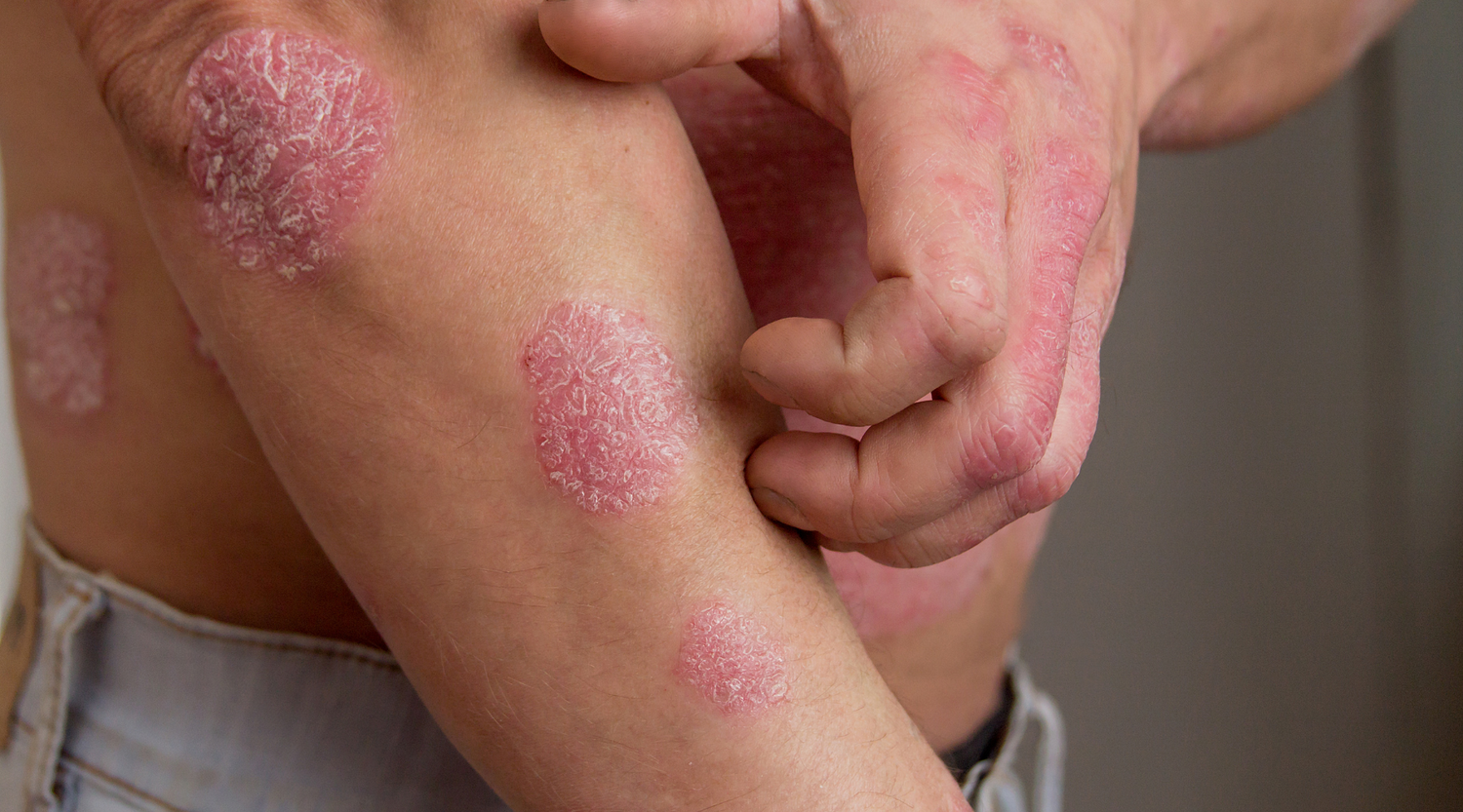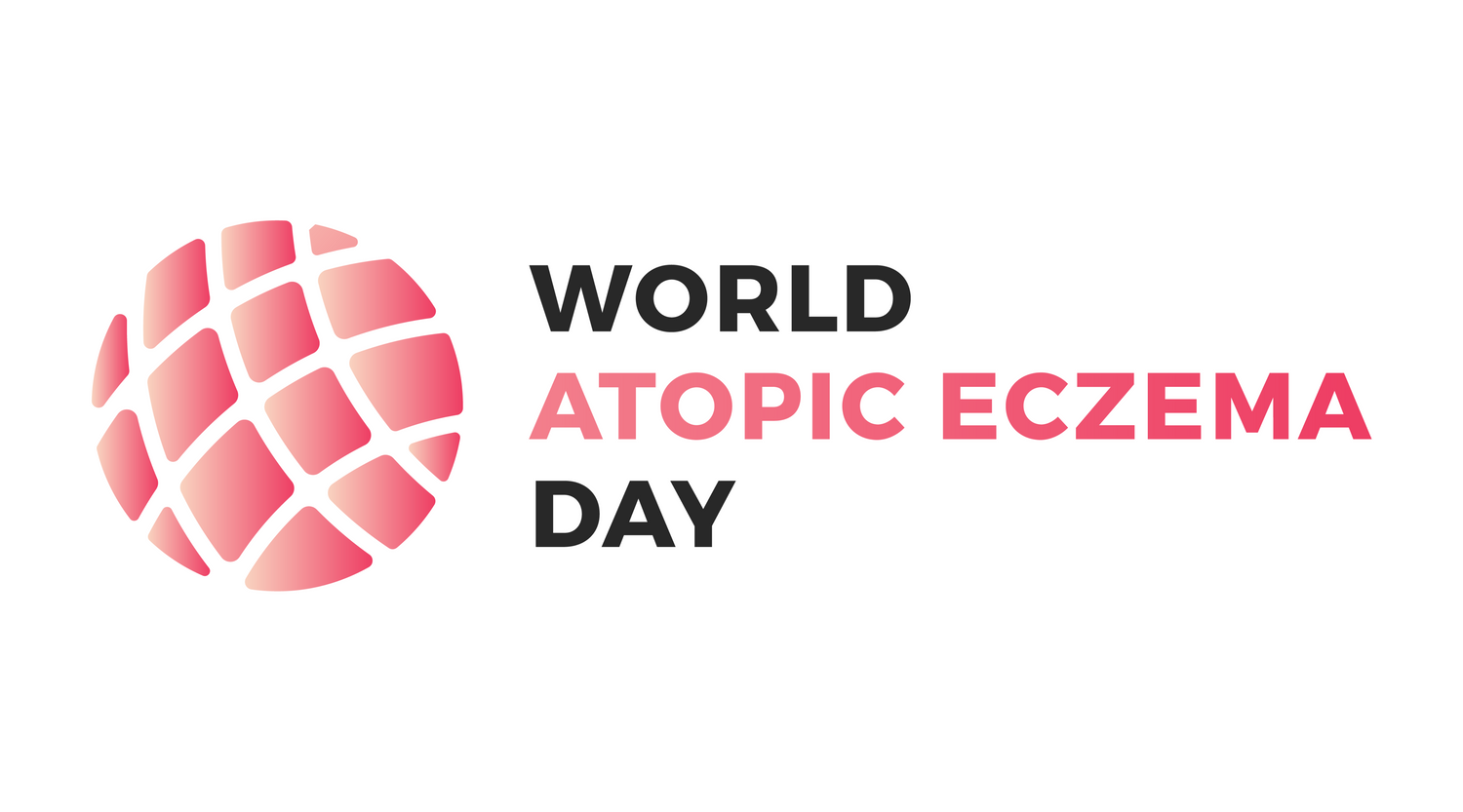APRIL - the month dedicate to Rosacea
The month of April is dedicated to Rosacea Awareness Month. It is about raising awareness about the condition and promoting understanding among the general public, healthcare providers, and policymakers. By increasing awareness, we can help to reduce the stigma associated with rosacea, encourage early diagnosis and proper treatment, and support research into better treatment options
What is Rosacea?
Rosacea is a chronic inflammatory skin condition that primarily affects the face. It typically begins with facial flushing, which can progress to persistent redness, bumps, and pimples. In severe cases, it can cause thickening of the skin and enlargement of the nose. Although rosacea is a common skin condition, it is often misunderstood and misdiagnosed.While the exact cause of rosacea is unknown, it is believed to be a combination of genetic and environmental factors. Triggers for rosacea include exposure to sunlight, stress, alcohol, spicy foods, and hot beverages. The condition is more common in women than in men, and it typically begins between the ages of 30 and 50.
What are the symptoms of Rosacea?
Facial flushing: This is often the first sign of rosacea. It causes the face to turn red, typically on the cheeks, nose, forehead, and chin. The flushing may come and go, or it may be persistent.
Persistent redness: Over time, the redness caused by rosacea may become more persistent. It can give the skin a pink or red hue, and may be accompanied by visible blood vessels.
Bumps and pimples: Some people with rosacea may develop small, red bumps or pus-filled pimples on the face. These may be mistaken for acne, but they do not usually have blackheads.
Thickening skin: In some cases, rosacea can cause the skin on the nose, cheeks, or forehead to thicken and become bumpy. This is known as rhinophyma and is more common in men.
Eye problems: About half of people with rosacea experience eye problems, such as dryness, irritation, and redness. In severe cases, rosacea can cause the cornea to become inflamed and lead to vision loss.
Burning or stinging sensations: Rosacea can cause the skin to feel hot, burning, or stinging, especially when exposed to triggers such as sunlight or spicy foods.
Swelling: In some cases, rosacea can cause the face to swell, particularly around the eyes.
It's important to note that not everyone with rosacea will experience all of these symptoms, and that the severity of symptoms can vary widely. If you are experiencing any of these symptoms, it's important to talk to your healthcare provider. They can help to determine if you have rosacea and recommend appropriate treatment.
What are some key facts about Rosacea?
1. Rosacea is a chronic skin condition that causes redness, inflammation, and sometimes small bumps or pimples on the face.
2. It affects an estimated 16 million people in the United States alone & over 415 million people worldwide
3. While rosacea can occur in anyone, it is more common in people with fair skin, and typically begins between the ages of 30 and 50.
4. The exact cause of rosacea is unknown, but it is believed to be related to genetics, environmental factors, and an abnormal immune response.
5. There is no cure for rosacea, but it can be managed with medical treatment and lifestyle changes.
6. Rosacea can have a significant impact on a person's quality of life, causing embarrassment, anxiety, and depression.
7. Triggers for rosacea include sun exposure, spicy foods, alcohol, and stress.
8. Rosacea is often misdiagnosed as acne or a skin allergy, which can delay effective treatment.
So, why is it important to celebrate Rosacea Awareness Month?
Raise awareness: Many people have never heard of rosacea, or they don't understand what it is or how it affects people. By raising awareness, we can help to educate the public and reduce the stigma associated with this condition.
Support those with rosacea: Living with rosacea can be challenging, both physically and emotionally. By showing support for those who have it, we can help to reduce the feelings of isolation and embarrassment that often come with the condition.
Promote understanding: Rosacea is often misunderstood, even by healthcare providers. By promoting understanding of the condition and its symptoms, we can help to ensure that people with rosacea receive the appropriate diagnosis and treatment.
Encourage research: While there have been significant advances in the treatment of rosacea, there is still much that we don't know about the condition. By raising awareness and promoting research, we can help to develop better treatments.
How can we help?
The Grahams Natural Rosacea Cream and Anti-Redness Wash are both specifically formulated to help rosacea sufferers by addressing the common symptoms of redness, inflammation, and irritation.
The Rosacea Cream contains a range of natural ingredients that work together to soothe and calm the skin, reducing redness and inflammation. For example, Manuka honey has antibacterial properties that can help to reduce the risk of infection and irritation, while chamomile and sea buckthorn oil have anti-inflammatory properties that can help to reduce redness and swelling.
The Anti-Redness Wash is a gentle, non-irritating cleanser that is specifically designed to be used on sensitive skin. It contains natural ingredients like aloe vera, cucumber, and green tea extract, which work together to calm and soothe the skin, reducing redness and irritation. The gentle formula helps to cleanse the skin without stripping away natural oils or causing further irritation, making it suitable for daily use.
By using these products together as part of a daily skincare routine, rosacea sufferers can help to reduce their symptoms and improve the overall health and appearance of their skin. The combination of natural ingredients in these products helps to nourish and protect the skin, promoting a healthy and balanced complexion.
In conclusion, Rosacea Awareness Month is an important opportunity to raise awareness of this chronic skin condition and to support those who live with it. By promoting understanding, reducing stigma, and encouraging research, we can help to improve the lives of millions of people around the world who are affected by rosacea.





